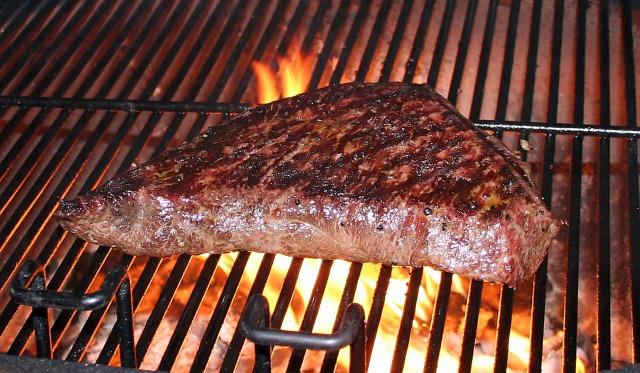Not an expert here. Only done a few things Sous Vide. The company I work for their Food Safety Team is not a huge supporter of this cooking style. They allow a couple kitchens to play with it while they come up with a safe process for it. But the kitchen I currently work in was able to purchase one. It is the PolyScience Sous Vide Professional Chef one. It is a model where we can attach it to just about any container. I will say this model has a very high water flow, actually a bit too much and usually tone it down a bit for the size of container we use.
Just tossing out ideas for a water flow method. What if you were to use a magnetic driven water pump for an aquarium for the circulation. Maybe use a cooler with two cambers, one for the food and another for the heater. Put the thermometer probe in the food chamber to be monitored. Another thought is to again use a cooler, but put the heater and aquarium pump inside a 6" PVC casing with holes to allow the water flow, again the probe in the food section for more accurate temp monitoring............. I really like the flexibility the model we have gives us verse the box styles........
I am very interested in this and look forward to learning.
I agree with what was said about food safety. It is all in the freshness and handling. Use only fresh properly handled products and you will lessen the chances of food born illnesses greatly.........
First, great thread, guys - great idea to start it. In the interests of full disclosure, I'm a sous vide convert and I own a Sansaire immersion circulator, and am a Kickstarter backer for both the Searzall (torch attachment) and the Anova 2 (end generation Anova immersion circulator). I am not an employee of nor do I have a financial interest in any of the companies mentioned in this thread.
The food safety issue is a valid one, but as long as you follow guidelines, the food is just as safe (in many cases, safer) than food prepared by another method.
The fear with Sous Vide cooking is the meat staying in the "danger zone" - between 40 and 140 degrees - too long and will allow the bacteria to multiply to unsafe levels. For simplicity, let's talk chicken...chicken is unsafe to eat unless it reaches an internal temperature of 165 degrees, right? Yes...for traditional methods. The problem is with grilling chicken, you cook it until it's done and then take it off - you can't maintain a set temperature for the meat because the heat source is always going to be a higher temperature than the food. Knowing this, we are all taught to cook chicken to at least 165 degrees to kill the salmonella - and at 165 degrees and beyond, salmonella is instantly killed. However, you can cook chicken at 130 degrees and as long as it is held at 130 degrees for 112 minutes or more, you have the EXACT same sterilization of the food as at 165 degrees. Take a look at this chart - it's published by the FDA, and it shows just how dramatically the hold time reduces with temperature:
Center temperature
|
Hold time
|
130ºF
|
112 minutes
|
140ºF
|
11 minutes
|
150ºF
|
1 minute
|
155ºF
|
5 seconds
|
158ºF
|
instant (less than 1 second)
|
If you've never tasted chicken that's been cooked at 140 degrees, you're missing out (130 is too moist for me...can't describe it, but it just kinda weirded me out).
In a perfect world, a temp probe in the food would be great - it's just not practical. You have to seal the food from the water, and I don't know anyone (yet - I'm probably passing on yet another million dollar idea here) who makes a wireless probe that could be completely enclosed in the bag...though you could make it small and rechargeable and have it transmit the temp via blue tooth...Hmmm....kickstarter project, anyone? If you pay attention to the timing, you really don't need the probe - if you can maintain the water at a 140 degree temperature, anything you insert into it is going to reach that temperature or the temperature in the bath will reduce - don't rush it and make sure you give it enough time to get to proper temp and then hold the temp and it's perfectly safe.
That being said, sous vide cooking isn't for everybody, and if someone does something they shouldn't, the food could be dangerous. It remains important to observe proper food handling guidelines. Done correctly, sous vide increases food safety and is 100% replicable because you're eliminating so many of the variables.








